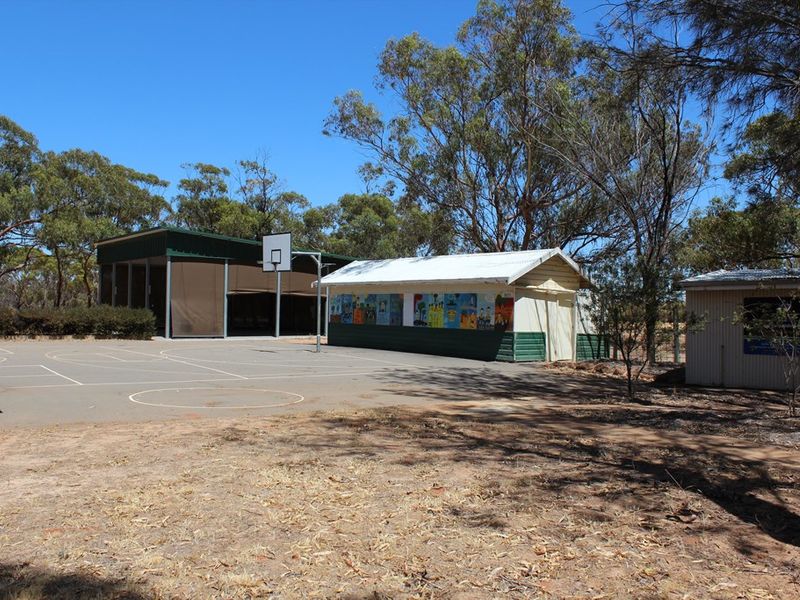The Benefits of Professional Learning Networks for Teachers in Rural Schools
Unfortunately, these feelings of isolation can have a negative impact on your effectiveness as a teacher — and therefore on your students’ learning and overall success. Research has shown that teacher isolation leads to low morale and can cause new teachers to leave the profession early in their careers. When teachers in rural schools work alone for most of the day, they lack access to appropriate mentors and the creative energy that comes when teachers share new ideas with each other. The fact is that it’s hard to come up with engaging lesson plans and strategically reach students of different abilities all on your own — yet many rural teachers work this way as a matter of course.
How Professional Learning Networks Provide Support
So what can you do when you work far away from other teachers in your subject area or grade level? The internet holds the key to providing additional support for your work with professional learning networks, or PLNs. A PLN is an online community of educators that comes together informally to share ideas about education, including lesson plans, pedagogical strategies, and lots of encouragement. PLNs happen on Twitter, Facebook and other social media sites, or you may find other communities specifically developed around your interests. If you can’t find one, you can also create one — just start a Facebook group page and see where it takes you.
Professional Learning Networks for teachers in rural schools provide the type of support that teachers in bigger schools access just by walking down the corridor. When you don’t have many colleagues, the ability to ask for advice and share successful lesson plans — complete with downloadable worksheets and links to videos — is a game changer.

4 Big Benefits of Professional Learning Networks for Teachers in Rural Schools
1. Diverse Relationships
By connecting with other educators around the country, you can gather ideas from a wealth of sources. Less experienced teachers can find pros to give advice and encouragement during those challenging early years in the profession.
PLNs allow you to build relationships with peers to discuss best practices for teaching your subject, strategies for dealing with a new fad or phase that all the kids in your grade seem to be going through, or for testing out new ideas in an adult group before you dive in with your students.
Best of all, a PLN gives you a place to share your best stories, including all the funny or frustrating things that happen in a week of teaching. Building a sense of community will help you feel understood and less alone when the going gets tough.
2. Access to Tools and Resources
New teachers don’t have much of a portfolio of work to draw from, and it can be daunting to think about designing every single activity from scratch. The same is true for anyone teaching a new book or subject for the first time. Fortunately, PLNs give you access to a treasure trove of resources at your fingertips. Teachers love to share their creations, and it’s easier than ever to do so thanks to good old email or Google docs. Usually all you have to do is ask, and someone will be able to send you the right resource, whether it’s a math quiz or a textbook suggestion.
3. Flexibility
Working in a rural area doesn’t mean that you have any more time on your hands for professional development — in fact, you might have less than your suburban counterparts, depending on how far you have to drive to get to work each day. With a PLN, you don’t have to go to a meeting at a set time — instead, you can check in when it’s convenient for you, reading messages and asking questions when you have a chance. An online group doesn’t care if you’re in your PJs when you’re getting advice about how to teach fractions!
4. On-Demand Collaboration
While it would be nice to work face-to-face with the people in your PLN, asynchronous collaboration does have its benefits. The internet allows us to connect with teachers anywhere and at any time, even if it’s not necessarily at the same time. A message board is a great way to get the information and help you need: You can post your thoughts or questions at any time, but your collaborators don’t have to be awake to get back to you. They can do that on their own time, and the reply will be there waiting for you when it’s convenient. This is a great way for people in different time zones to work together, which expands your network to the whole country or even the whole world — just don’t wait until the last minute to ask for that special holiday worksheet.
Final Thoughts
A Professional Learning Network for teachers is a great way to get inspiration and ideas, but it’s a particular blessing for teachers in rural schools where they might otherwise be alone. To get started, try searching your favorite social media sites for relevant groups, or see if your LMS has public groups that you can join for instant community-building. Once you make some connections, you’ll wonder how you ever got along without your PLN.
